Cardiovascular diseases (CVDs) refer to a wide range of conditions affecting the heart and blood vessels. They remain one of the leading causes of death worldwide, but understanding these diseases, their risk factors, and how to manage them can significantly improve heart health and reduce the risk of serious complications. This article will provide an in-depth look at the types of cardiovascular diseases, their subtypes, and risk factors, empowering individuals to take proactive steps toward maintaining cardiovascular health.
Coronary Artery Disease (CAD)
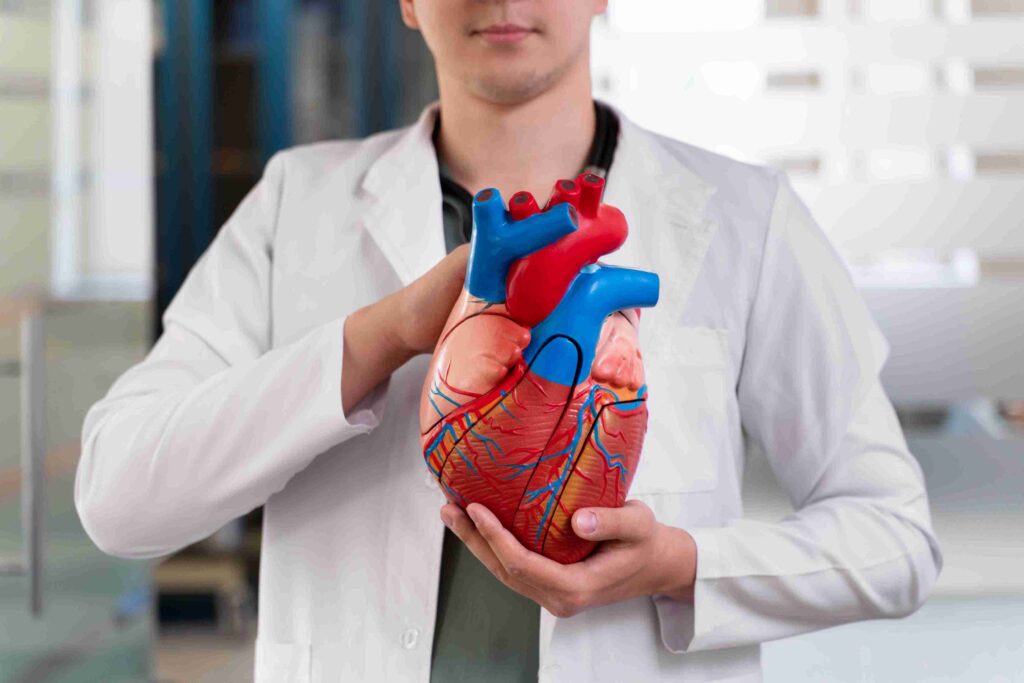
Coronary artery disease is one of the most common forms of CVD, caused by the narrowing of the coronary arteries that supply blood to the heart. This condition leads to reduced blood flow to the heart muscle, which can cause:
- Angina (Chest Pain): A feeling of pressure, tightness, or pain in the chest due to reduced blood flow to the heart.
- Myocardial Infarction (Heart Attack): Occurs when a blockage in the coronary arteries restricts blood flow to the heart, leading to heart muscle damage.
Cerebrovascular Disease
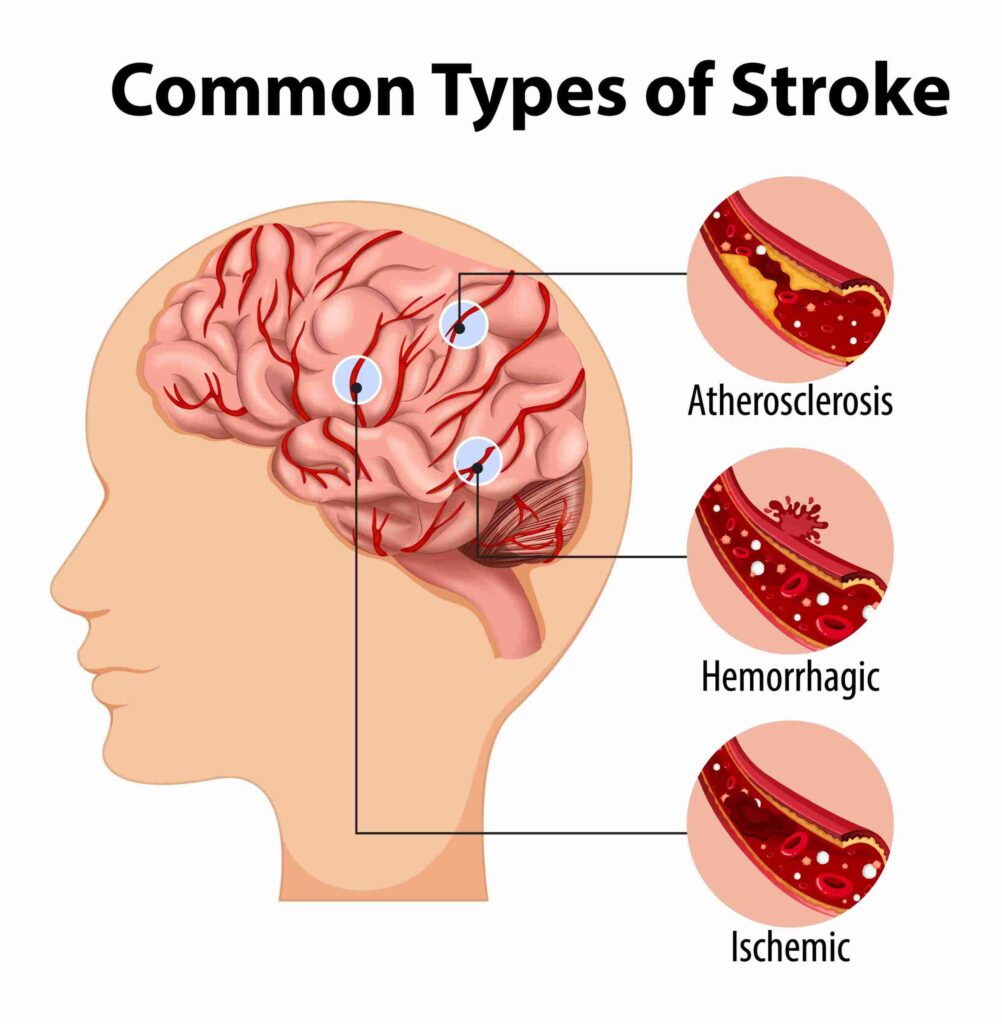
Cerebrovascular disease involves conditions that affect the blood vessels of the brain, leading to potential strokes or transient ischemic attacks (TIAs). Types include:
- Stroke (Ischemic and Hemorrhagic): An ischemic stroke occurs when a blood clot blocks a blood vessel in the brain, while a hemorrhagic stroke happens due to the rupture of a blood vessel.
- Transient Ischemic Attack (TIA): Often referred to as a “mini-stroke,” TIAs are temporary blockages in the brain’s blood vessels, leading to short-lived stroke symptoms.
Peripheral Artery Disease (PAD)
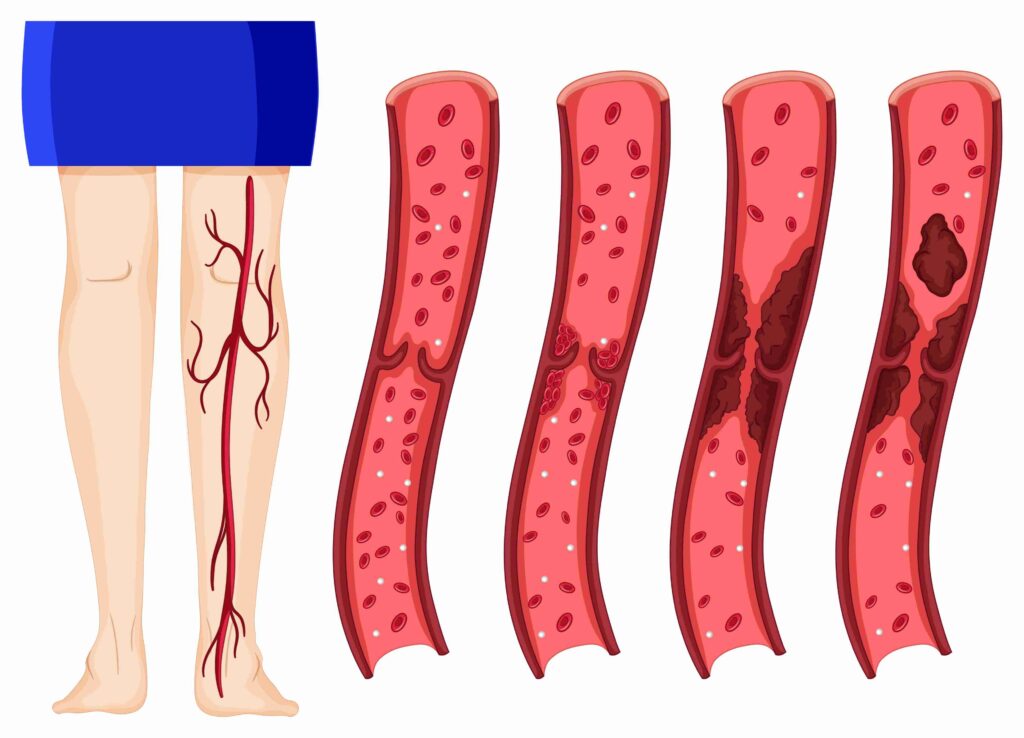
PAD occurs when the blood vessels outside the heart and brain become narrowed or blocked. The reduced blood flow often causes:
- Claudication (Pain in the Legs): Painful cramps or fatigue in the legs while walking, caused by insufficient blood flow to the muscles.
Heart Failure

Heart failure is a condition in which the heart cannot pump blood effectively. It can be classified into various types:
- Systolic Heart Failure: The heart’s ability to contract and pump blood is weakened.
- Diastolic Heart Failure: The heart muscle becomes stiff, impairing the heart’s ability to fill with blood.
- Congestive Heart Failure: A severe form of heart failure where fluid builds up in the lungs and other parts of the body.
Arrhythmias
Arrhythmias refer to abnormal heart rhythms. Common arrhythmias include:
- Atrial Fibrillation: A rapid and irregular heart rate that can lead to blood clots, stroke, and heart failure.
- Ventricular Tachycardia: A fast, abnormal heart rate originating from the heart’s lower chambers.
- Atrial Flutter: A type of abnormal rhythm that often leads to atrial fibrillation.
- Bradycardia: An unusually slow heart rate, typically under 60 beats per minute.
- Supraventricular Tachycardia (SVT): An abnormally fast heart rate originating above the heart’s ventricles.
Valvular Heart Disease
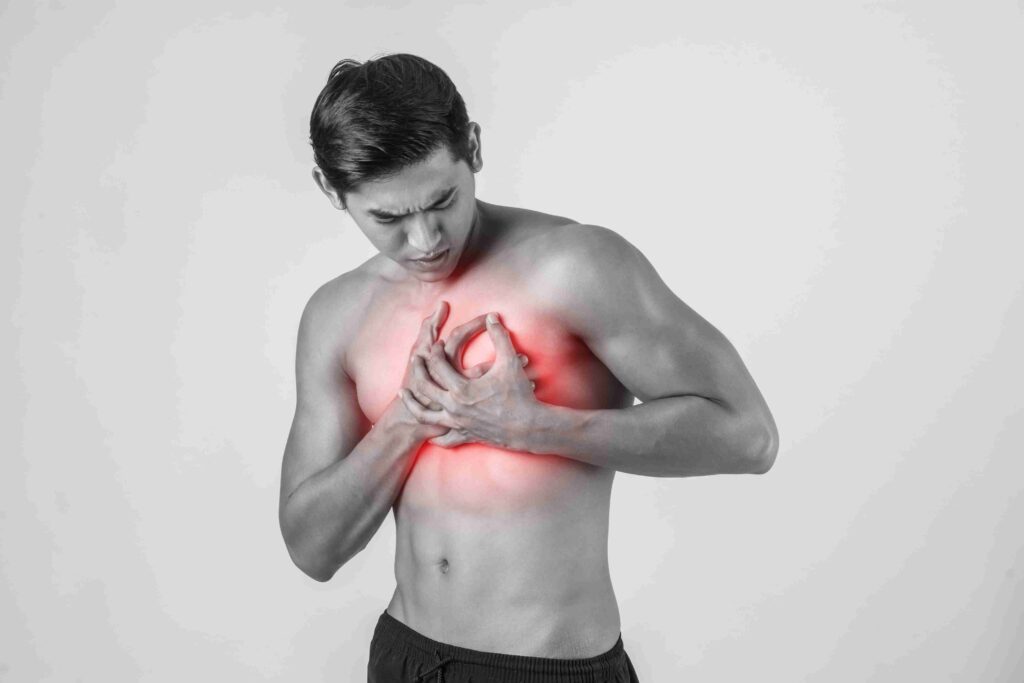
This condition affects the heart’s valves, which regulate blood flow. Types include:
- Aortic Stenosis: Narrowing of the aortic valve, restricting blood flow from the heart.
- Mitral Regurgitation: Leaky mitral valve that causes blood to flow backward into the heart.
- Mitral Stenosis: Narrowing of the mitral valve, reducing blood flow into the heart’s left ventricle.
- Aortic Regurgitation: Aortic valve does not close properly, allowing blood to flow back into the heart.
- Tricuspid Regurgitation: The tricuspid valve fails to close completely, causing blood to flow backward into the right atrium.
Congenital Heart Defects

These defects are present at birth and can affect the structure of the heart and blood vessels. Common congenital defects include:
- Septal Defects (e.g., Atrial Septal Defect, Ventricular Septal Defect): Holes in the walls that separate the heart’s chambers.
- Coarctation of the Aorta: A narrowing of the aorta that restricts blood flow.
- Tetralogy of Fallot: A combination of four heart defects that lead to insufficient oxygen in the blood.
Cardiomyopathy
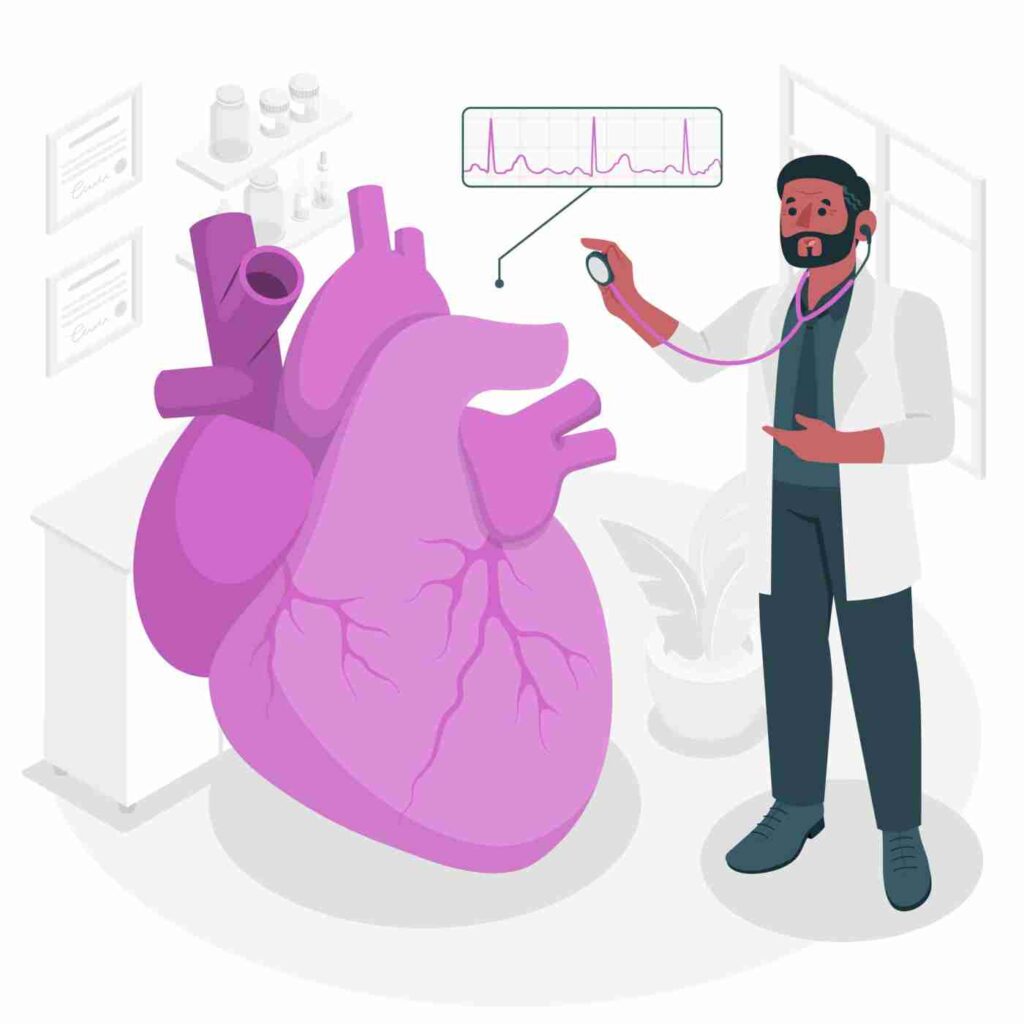
Cardiomyopathy refers to diseases of the heart muscle that impair its ability to pump blood effectively. Types include:
- Dilated Cardiomyopathy: The heart becomes enlarged and weakened, affecting its ability to pump blood.
- Hypertrophic Cardiomyopathy: The heart muscle becomes abnormally thick, making it harder for the heart to pump blood.
- Restrictive Cardiomyopathy: The heart muscle becomes stiff, restricting the heart’s ability to expand and contract.
- Arrhythmogenic Right Ventricular Cardiomyopathy: The heart muscle is replaced by fatty tissue, leading to abnormal heart rhythms.
Aortic Aneurysm and Dissection
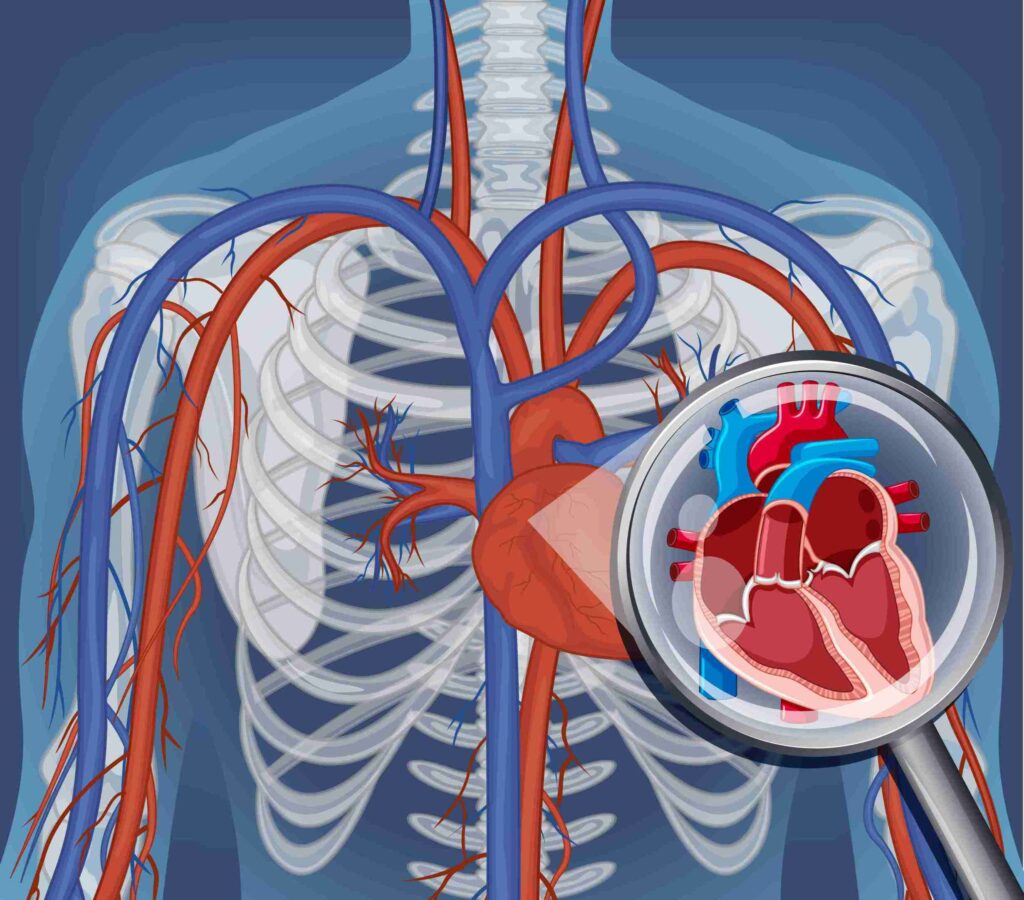
An aneurysm is a bulge in the wall of the aorta, which can lead to life-threatening ruptures. Types include:
- Thoracic Aortic Aneurysm: A bulge in the aorta in the chest region.
- Abdominal Aortic Aneurysm: A bulge in the aorta in the abdomen.
- Aortic Dissection: A tear in the inner layer of the aortic wall, leading to severe pain and life-threatening complications.
Endocarditis
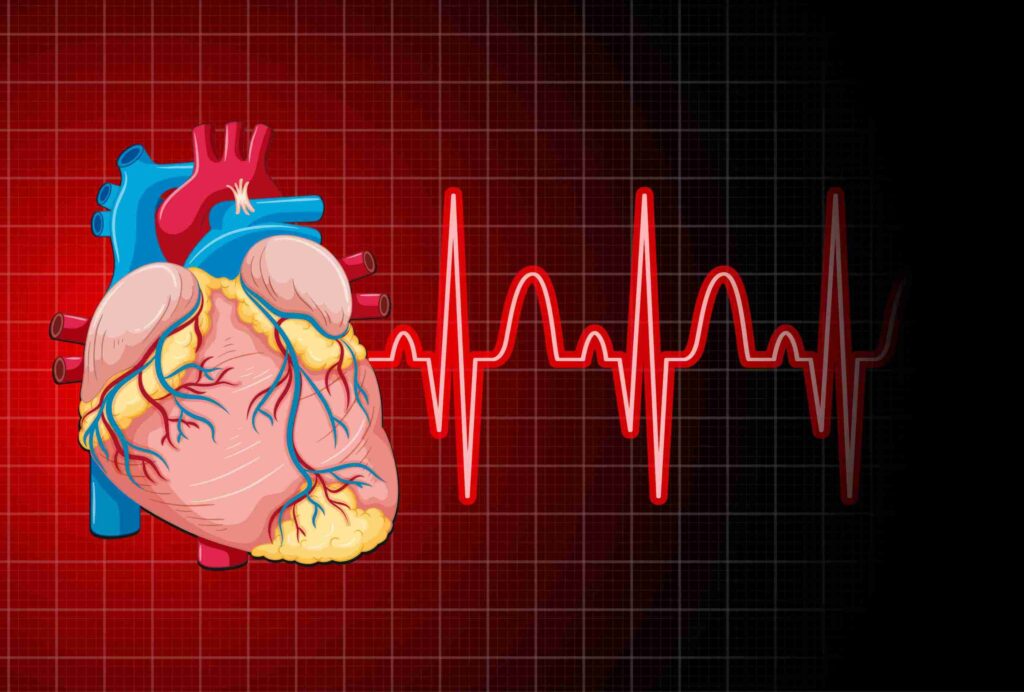
Endocarditis is an infection of the heart’s inner lining, often caused by bacteria entering the bloodstream. It can damage the heart valves and is typically treated with antibiotics.
Pericardial Diseases
Conditions affecting the pericardium, the sac surrounding the heart, include:
- Pericarditis: Inflammation of the pericardium, causing chest pain.
- Pericardial Effusion: Accumulation of fluid in the pericardial sac, potentially leading to heart failure.
Hypertension
Hypertension, or high blood pressure, is one of the leading causes of CVD. It can be classified as:
- Essential Hypertension: High blood pressure with no identifiable cause.
- Secondary Hypertension: High blood pressure caused by another medical condition, such as kidney disease.
Hyperlipidemia
Hyperlipidemia refers to elevated cholesterol levels, particularly high LDL (“bad” cholesterol) and low HDL (“good” cholesterol), which contribute to the buildup of plaque in the arteries.
Thromboembolic Disease
This condition involves the formation of blood clots that travel through the bloodstream, potentially causing:
- Deep Vein Thrombosis (DVT): Blood clots form in the deep veins, usually in the legs.
- Pulmonary Embolism (PE): A blood clot that travels to the lungs, blocking blood flow and causing severe complications.
Other Conditions
Several other conditions are linked to increased cardiovascular risk, including:
- Metabolic Syndrome: A group of conditions (e.g., high blood pressure, high cholesterol, obesity) that increase the risk of heart disease.
- Diabetes and Its Cardiovascular Implications: Diabetes significantly increases the risk of heart disease due to its impact on blood vessels.
- Chronic Kidney Disease: Kidney disease can lead to high blood pressure and other cardiovascular complications.
Lifestyle-related Conditions
Certain lifestyle factors are major contributors to the development of cardiovascular diseases, including:
- Obesity: Excess weight increases the strain on the heart and contributes to other risk factors like high blood pressure and diabetes.
- Sedentary Lifestyle: Lack of physical activity leads to weight gain, high cholesterol, and other CVD risk factors.
- Poor Diet: Diets high in saturated fats, sugars, and salt contribute to high cholesterol, hypertension, and obesity.
Risk Factors for Cardiovascular Diseases
While not diseases in themselves, several risk factors can increase the likelihood of developing CVDs, including:
- Smoking: Damages blood vessels and accelerates the development of plaque in the arteries.
- Family History: A family history of heart disease increases an individual’s risk.
- Age: Risk of developing CVDs increases with age, particularly after 55 for men and 65 for women.
- Gender: Men generally have a higher risk of developing heart disease at an earlier age than women.
- Stress: Chronic stress can contribute to high blood pressure, unhealthy eating habits, and other risk factors.
Conclusion
Cardiovascular diseases are a diverse group of conditions that affect millions of people worldwide. Early detection, management of risk factors, and a healthy lifestyle are key to reducing the risk of developing these potentially life-threatening diseases. By understanding the types of CVDs and the associated risk factors, individuals can make informed decisions to improve their heart health and reduce their risk of complications.

